Owning a pet is a rite of passage for many children. Yet, some families prefer a less involved approach to their new friends. Enter the hamster. Hamsters make great pets for some families because their care is less involved than more popular pets, such as dogs and cats. Hamsters are also pretty clean creatures and easy to clean up after. Not to mention, they are so cute. Maybe you know that they are nocturnal and love to hoard food. However, there are some fascinating facts about this cuddly creature that you may not know. On this list are 12 crazy facts about hamsters. (After reading the crazy facts about hamsters, read our list of interesting facts you may not know about cats.)
To gather a list of crazy facts about hamsters, 24/7 Tempo consulted multiple outlets. These include animal encyclopedias, veterinarian websites, National Geographic, and scientific papers on Science Direct. If you are planning on owning a hamster, these are great facts to learn.
Hamsters Have Pouches in Their Mouth
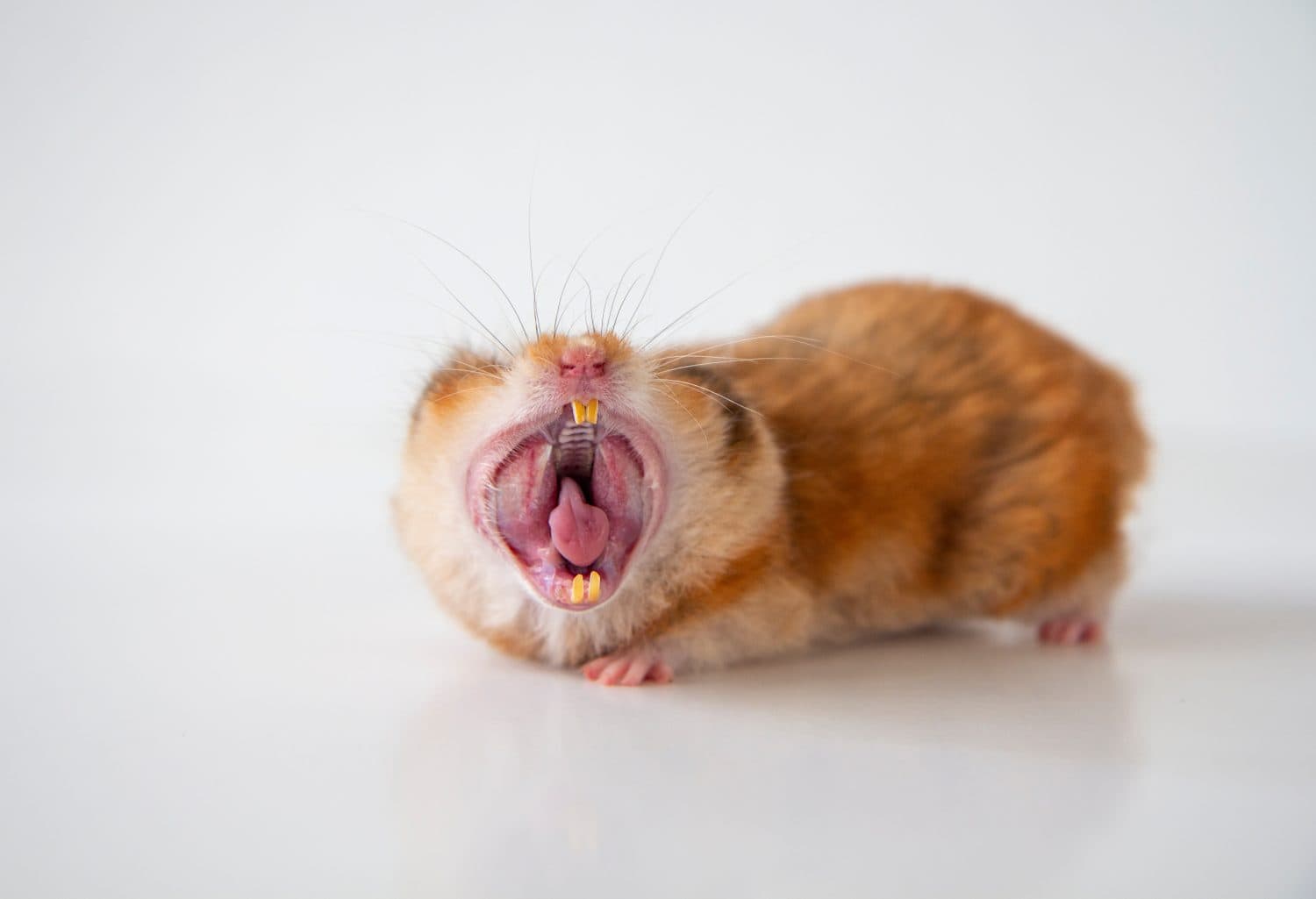
When an animal is out in the wild, especially one so small, it must have a way to gather food. Hamsters have unusual pouches inside their mouths, and when the pouches are full, their faces look very puffy. Sometimes, this lining can go as far back as the hamster’s shoulders. Furthermore, their cheeks can stretch, making their heads look two to three times bigger.
The pouches serve an important purpose for hamsters. This characteristic allows them to store food when they are gathering. This species is not an opportunistic eater, so when they find an abundance of their favorite food, they will store, hoard and bring it back to their young.
Hamsters May Hide Their Babies in Their Pouches
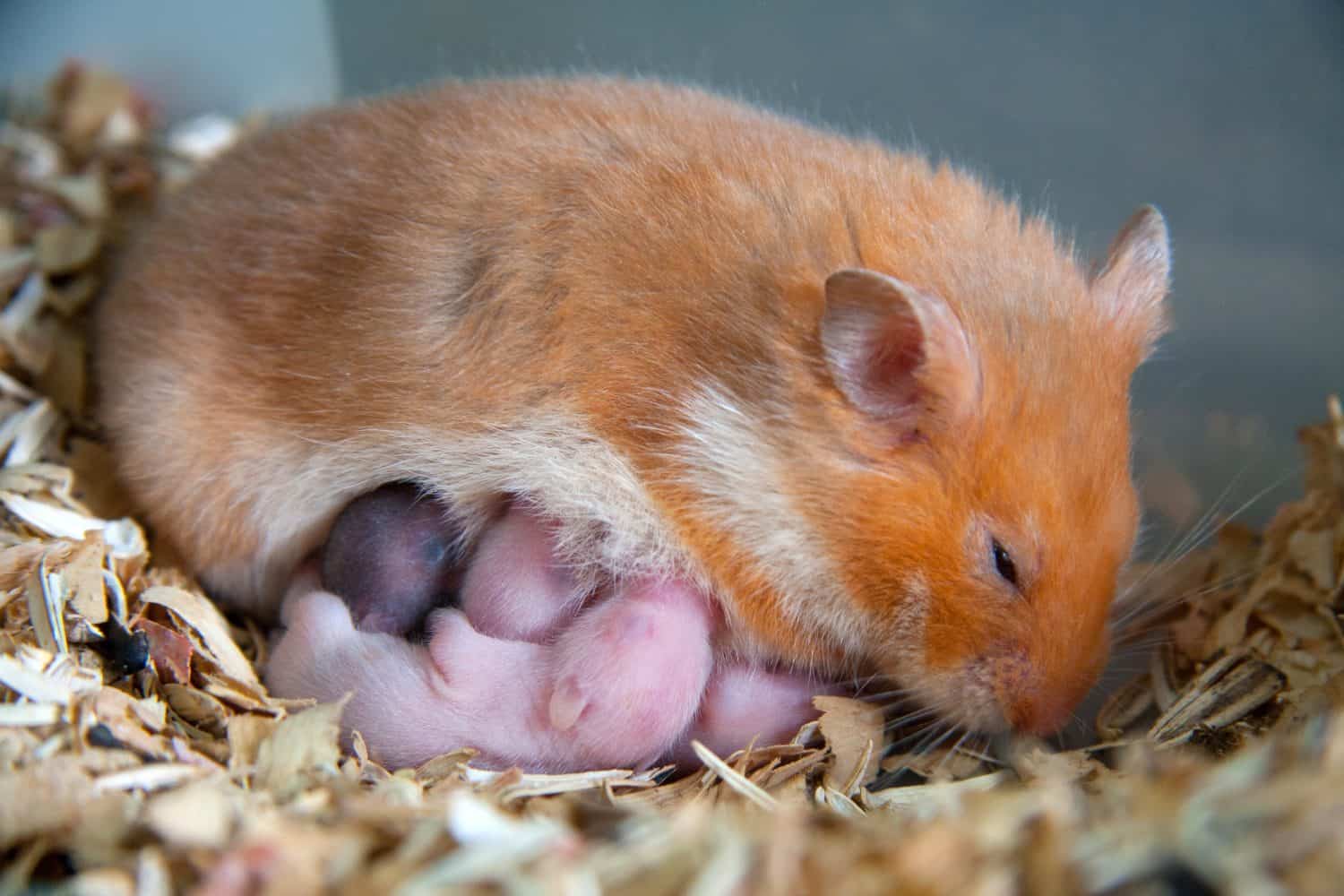
Those impressive pouches serve another purpose as well. Hamsters can be protective of their newborn babies. A mom hamster may hide her baby inside the pouch for protection if a threat is detected.
This act is both dangerous and ingenious. The mom hamster’s use of this unique feature to take action against a perceived threat shows that even rodent moms have motherly instincts. However, hamster moms will wait to let their babies out of their mouths until the threat is gone. Sometimes, this can take a very long time. If the threat is present for too long, the baby hamster may suffocate inside their mom’s mouth.
They Can Run Backward Just as Fast as Forward
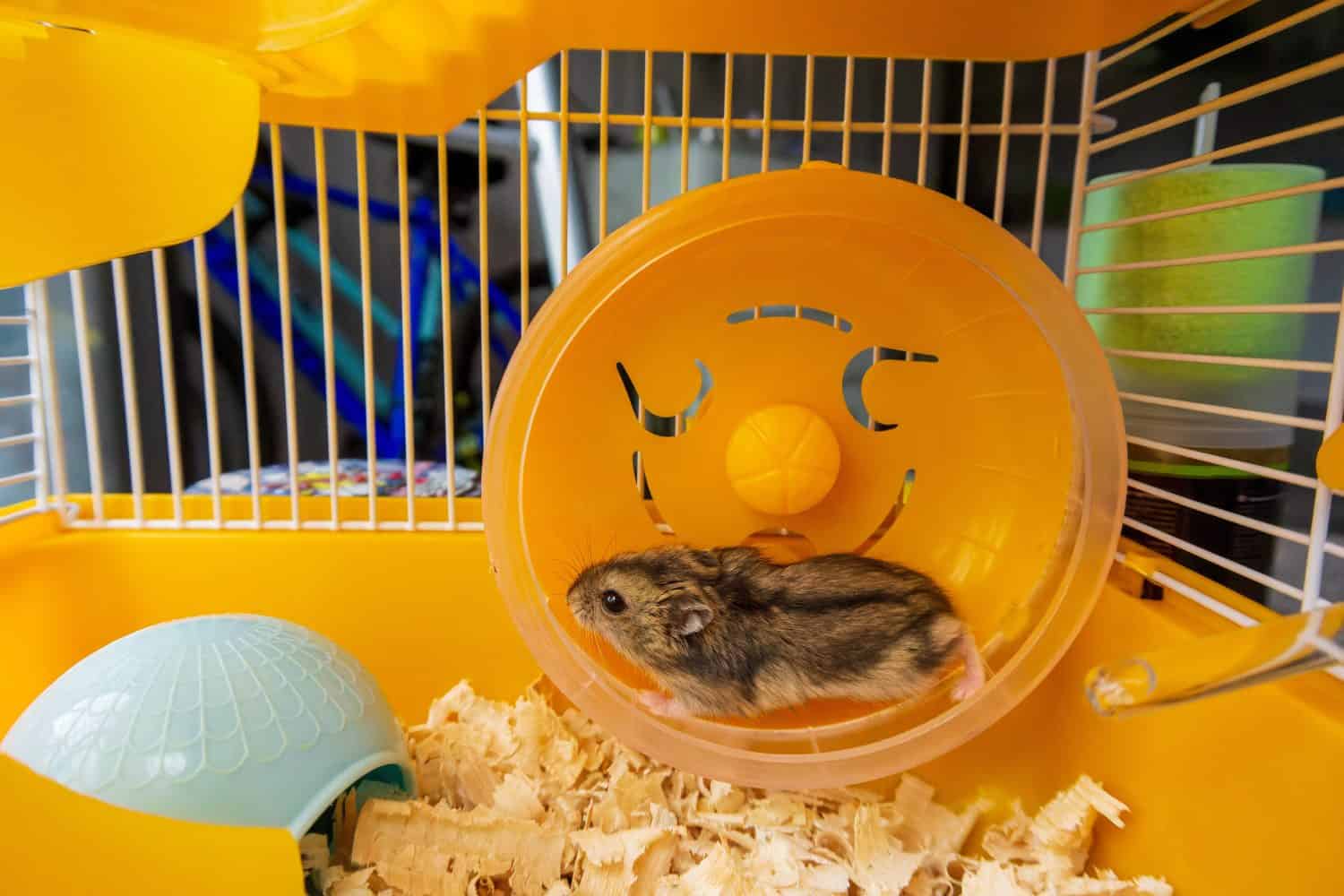
Sure, we see the wheel and hear they love exercise, but hamster owners can observe precisely how fast hamsters really are. Hamsters are so fast that keeping an eye on them when they reach top speed can be challenging. Hamsters run on average eight miles an hour and use their tail and tiny hind legs to reach peak speeds.
Of course, the breed of the hamster will play a part in how fast it is. There are over 20 breeds of hamsters, but only a small number of species are kept as pets. The fastest pet hamster is the Roborovski.
Their impressive speed was an evolution derived from their environment. As small prey, hamsters need to be able to escape their predators as fast as possible. While they can run going forward at a fast rate, hamsters can also run backward very fast — a convenient trait that comes in handy in the wild.
Certain Food Can Be Toxic to Hamsters
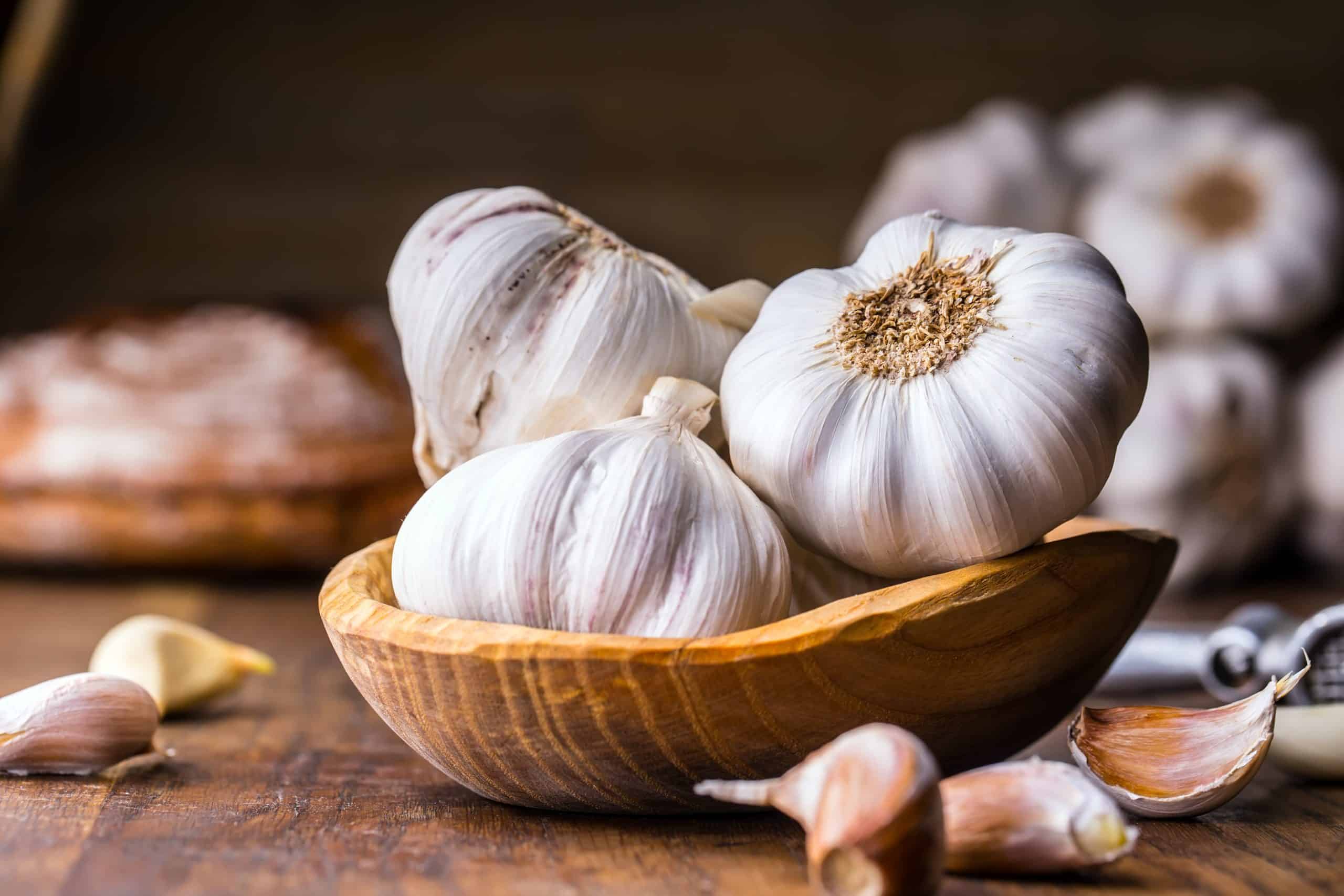
It’s good that hamsters are somewhat picky because certain foods are toxic or hazardous to them.
For example, hamsters shouldn’t be given whole celery stalks (it can pose a choking hazard) or chocolate, because it contains theobromine, which is toxic to hamsters and other animals like dogs, in substantial amounts.
More foods that hamsters shouldn’t be given to eat include garlic, onion, white potatoes and tomato leaves.
Hamsters Can Become Aggressive While Mating
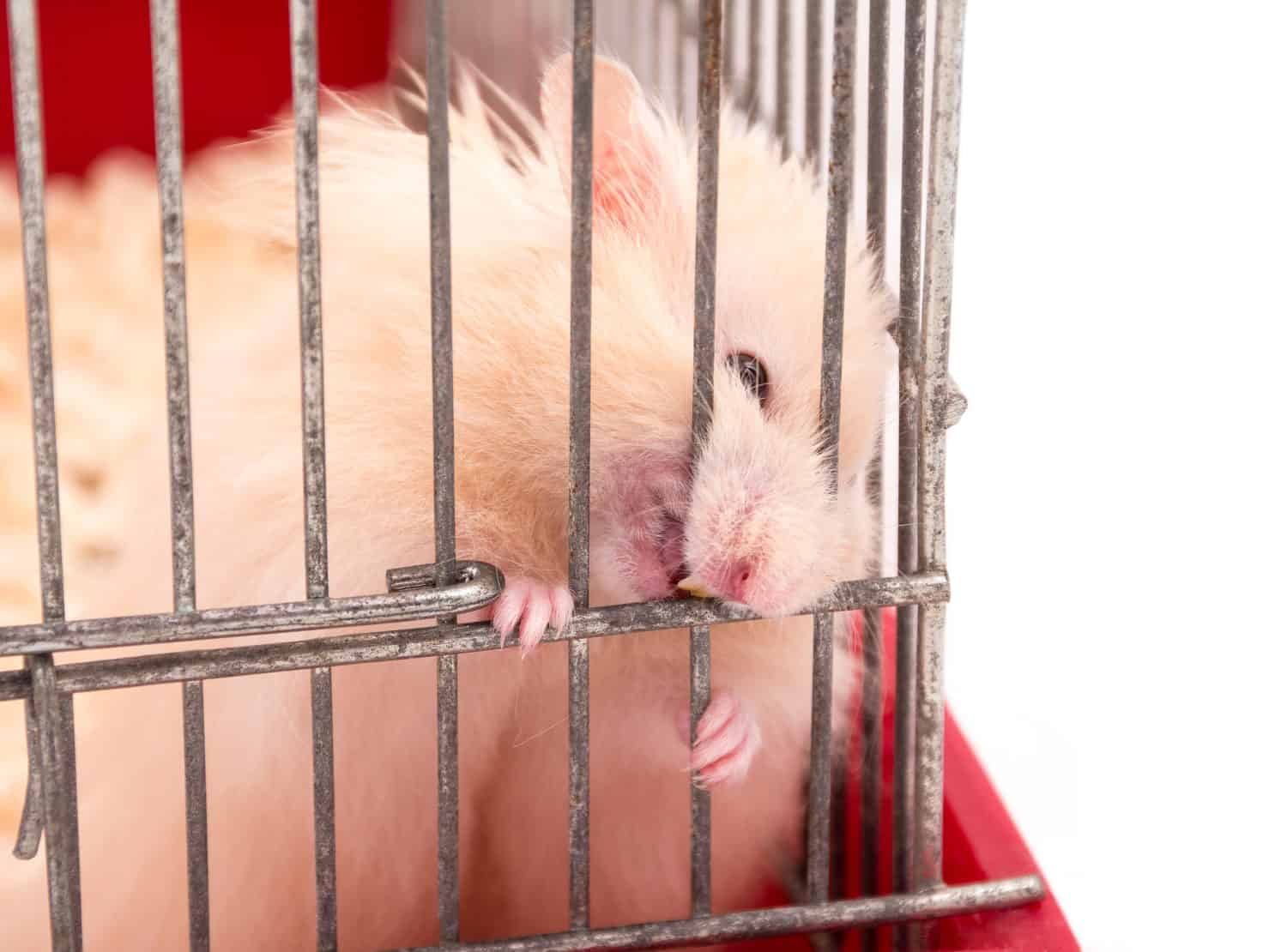
Hamsters can reproduce very quickly. They also begin mating very young, sometimes as early as ten weeks.
However, breeding hamsters is best done by experienced humans with a keen eye for detecting harmful situations.
Hormonal changes, the estrous cycle and neurotransmitters can cause hamsters to become aggressive during mating, especially for females. Sometimes, they become so aggressive that they hurt the males.
Their Teeth Do not Stop Growing
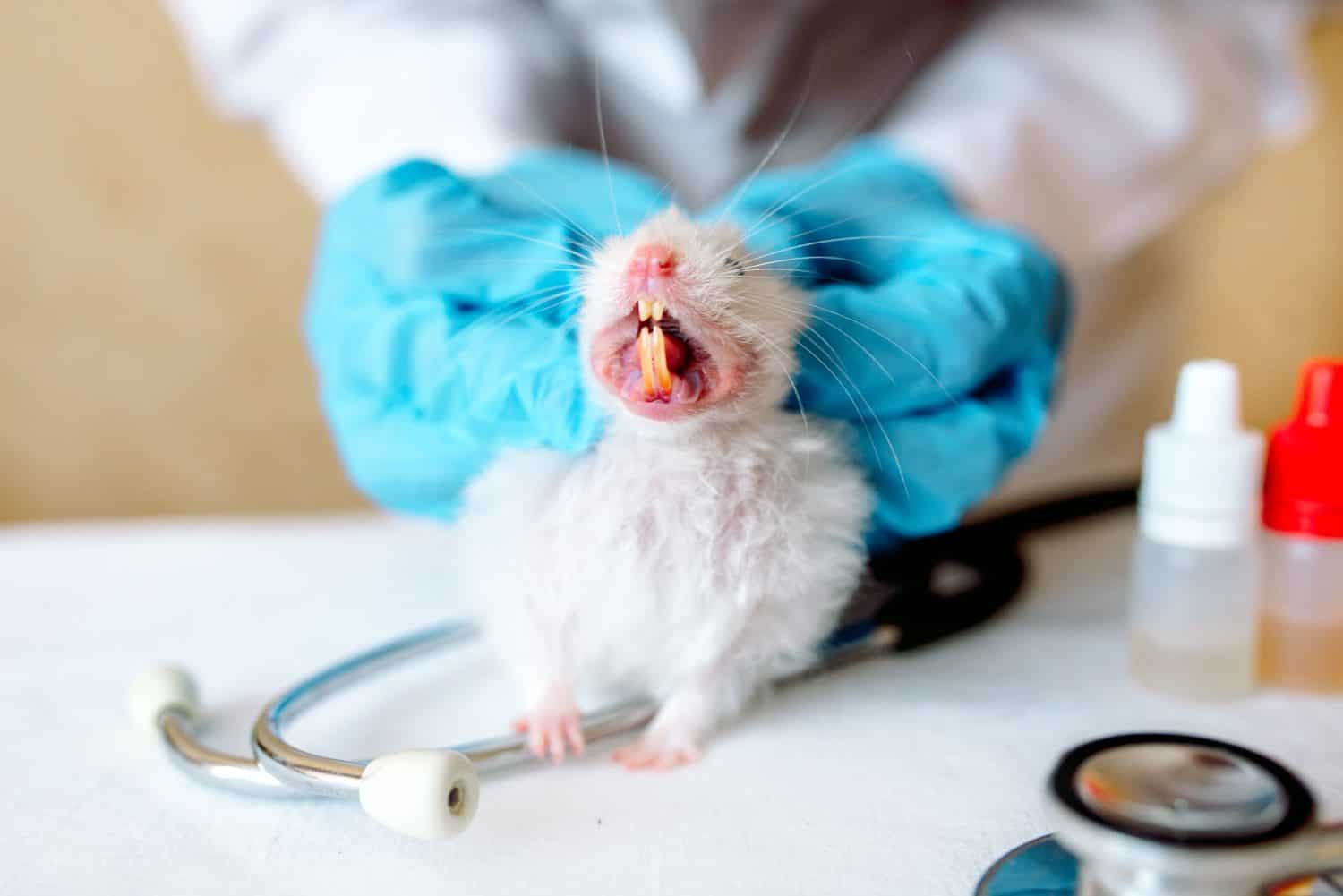
Hamsters have hypsodont teeth, which continuously grow throughout their lifetime. Rabbits and chinchillas also have these types of teeth. Hamsters can wear these teeth down by eating constantly and chewing on toys; this constant grinding helps keep their teeth at a comfortable length.
However, there are times when the incisor teeth will overgrow. When this happens, the teeth can quickly get stuck on items or grow into the gums of the mouth. This can also happen to their molars, yet it’s not as common.
If you own a hamster, it’s important to check its incisors and molars to ensure they are not overgrowing. If you notice they have become too long, giving a hamster a tooth trim is typically not painful. Some owners prefer going to a professional to be on the safe side and not accidentally cause trauma to their mouth or teeth.
Hamsters Are Illegal in Hawaii and Australia

United States and Australia flag together realtions textile cloth fabric texture
Not everyone can own one of these cuddly rodents; it’s illegal if you live in Hawaii or Australia. Hamsters reproduce very fast, and it’s a concern that these little creatures can overpopulate and damage crops.
It’s also likely that hamsters may spread diseases to other animals, posing a risk to the fragile ecosystem.
Hamsters Sometimes Hibernate
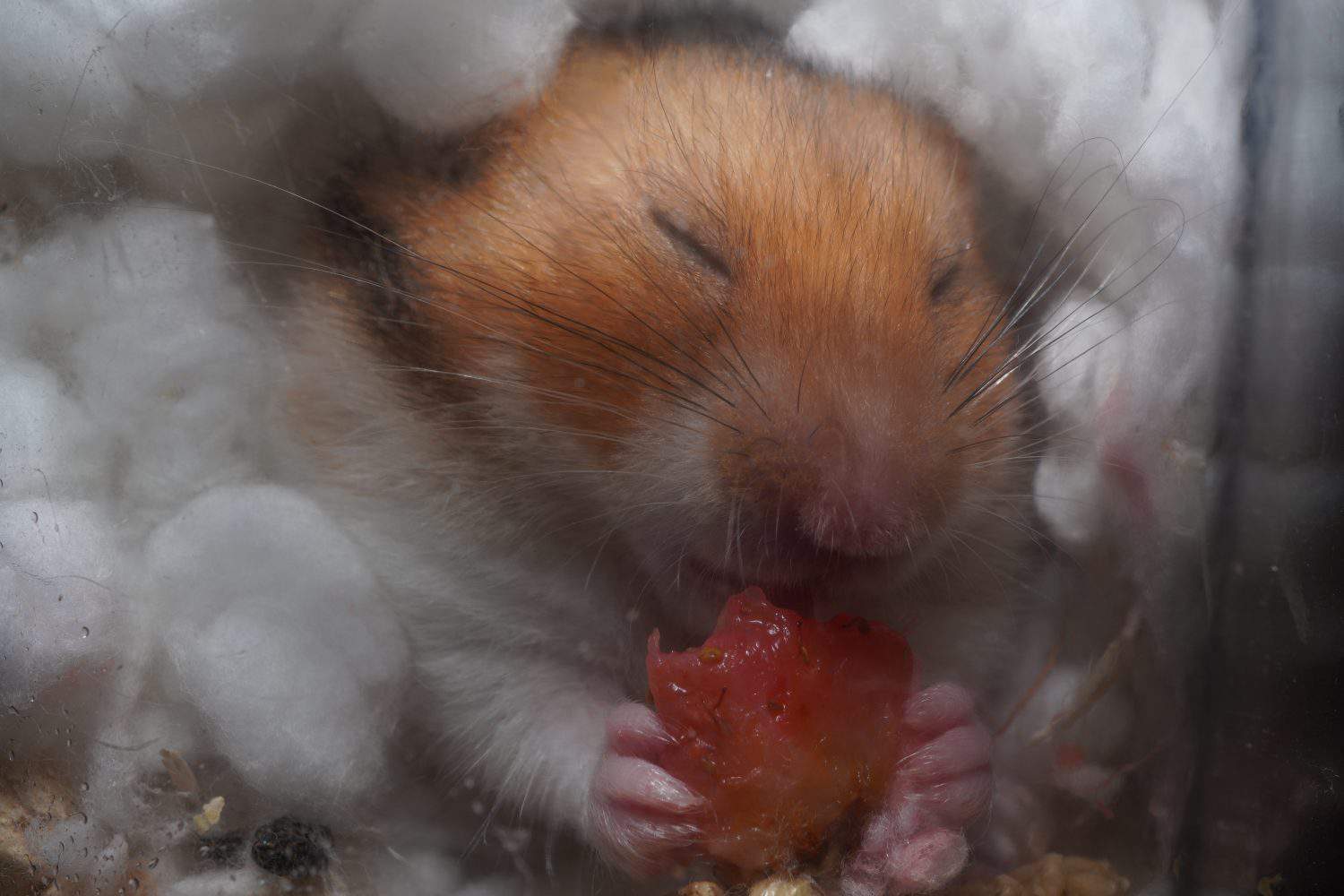
We are taught as young children that bears, squirrels and groundhogs all hibernate. Yet, did you know that hamsters also sometimes hibernate? This is more likely when a hamster is out in the wild, but it can happen to some species of domesticated hamsters when they become too cold.
Hibernation is a dormant state that animals enter to conserve energy. There are ways to tell if your domesticated hamster has entered hibernation.
Some symptoms to look for include slowed breathing, cold body temperature and limpness. Sometimes, hamsters in hibernation are mistaken for being dead but don’t bury their bodies just yet. Moving your hamster to a warm room, stroking it, and using a warm towel may wake it up. Hamsters will also go on a food binge right before going into hibernation.
They Like to Stay Clean
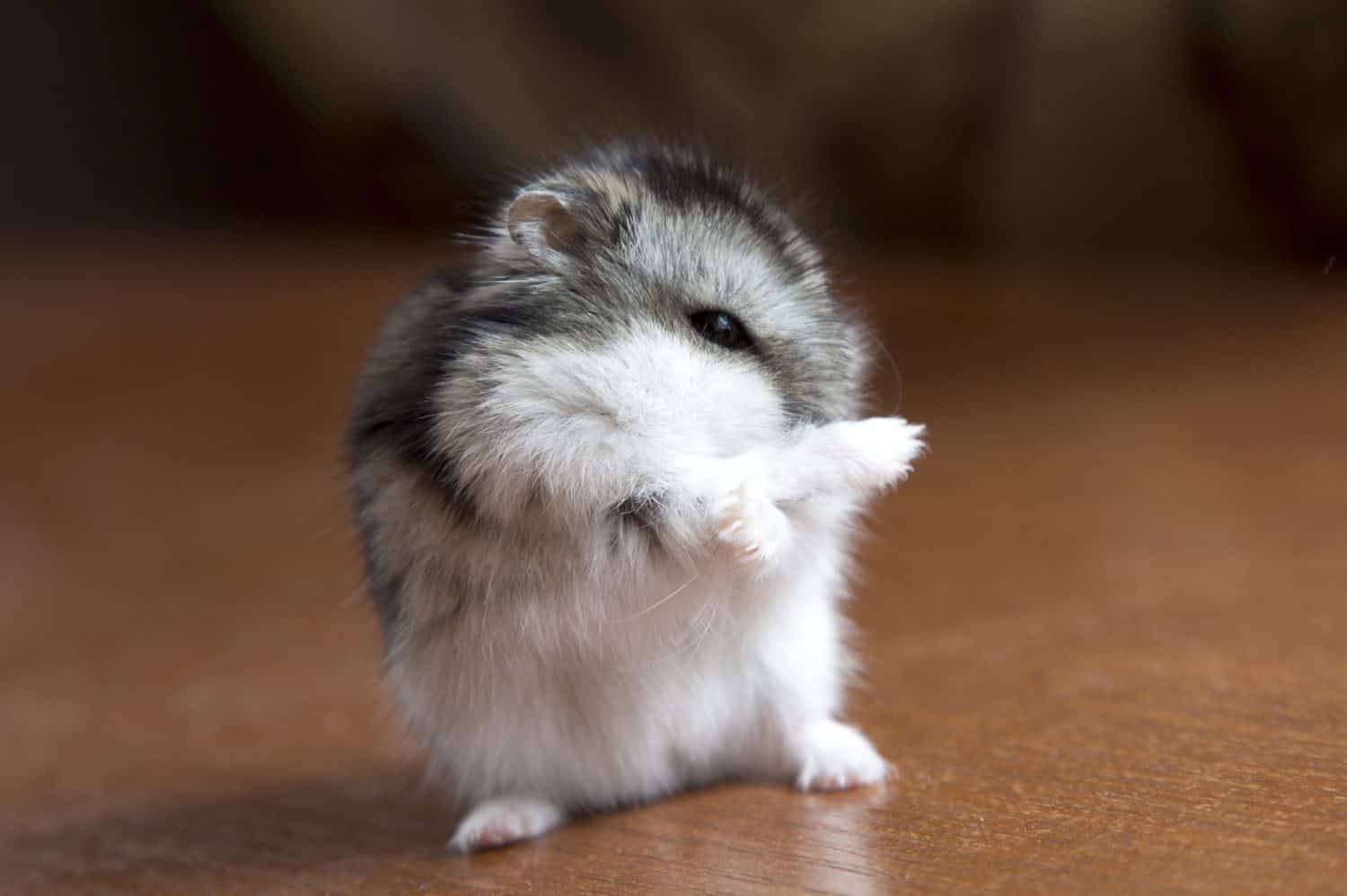
Rodents and clean don’t seem to go hand in hand, but hamsters are pretty clean animals who thrive in a sanitary environment. They are easy to train and typically pick one corner of their cage as a bathroom. This can make cleaning up after them a lot easier.
Additionally, they aren’t very smelly as long as they receive proper care and a clean home, which adds to the benefit of owning a hamster.
They May Eat Their Babies
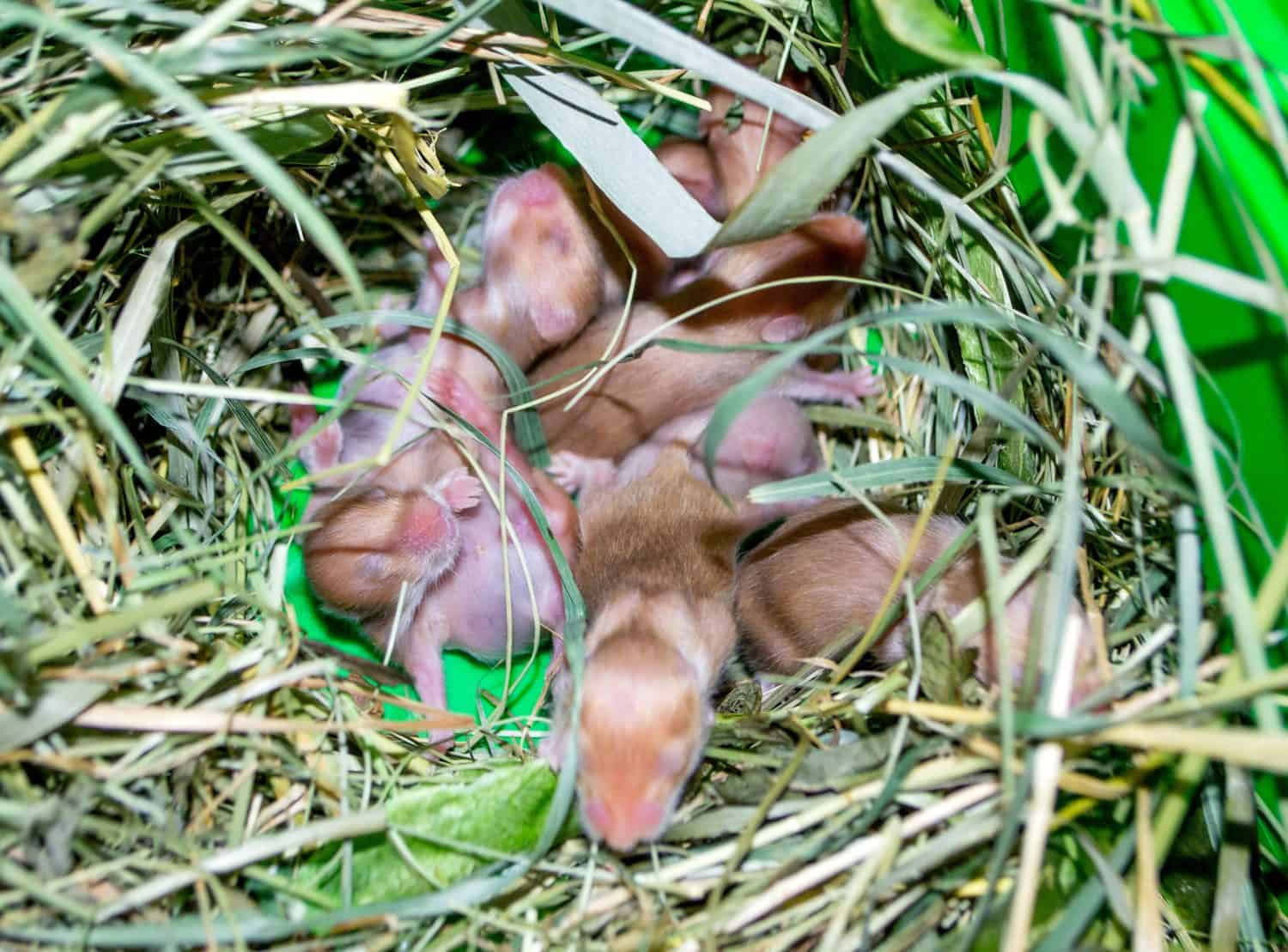
Hamsters are typically very diligent and protective moms. Yet, there are some cases where mom hamsters may eat their young.
Sometimes, this occurs if the mom hamster has had a lack of food. Other times, it comes on by stress, such as a feeling that caring for their young will be too hard.
Fear is another reason mom hamsters may eat their babies. Perhaps they are afraid of a person or another hamster or pet in the home. Additionally, if a hamster smells a new scent on her baby, she may become confused and not recognize it.
You can do a few things to reduce the chances of your domesticated hamster eating its young after birth. Keep the area calm and quiet if your hamster has just given birth. This can reduce stress and fear for the new mom. Also, don’t touch the babies with your bare hands. This will keep your scent off of them. Lastly, be sure to feed the new mom as much as you can!
Hamsters have a Very Short Lifespan
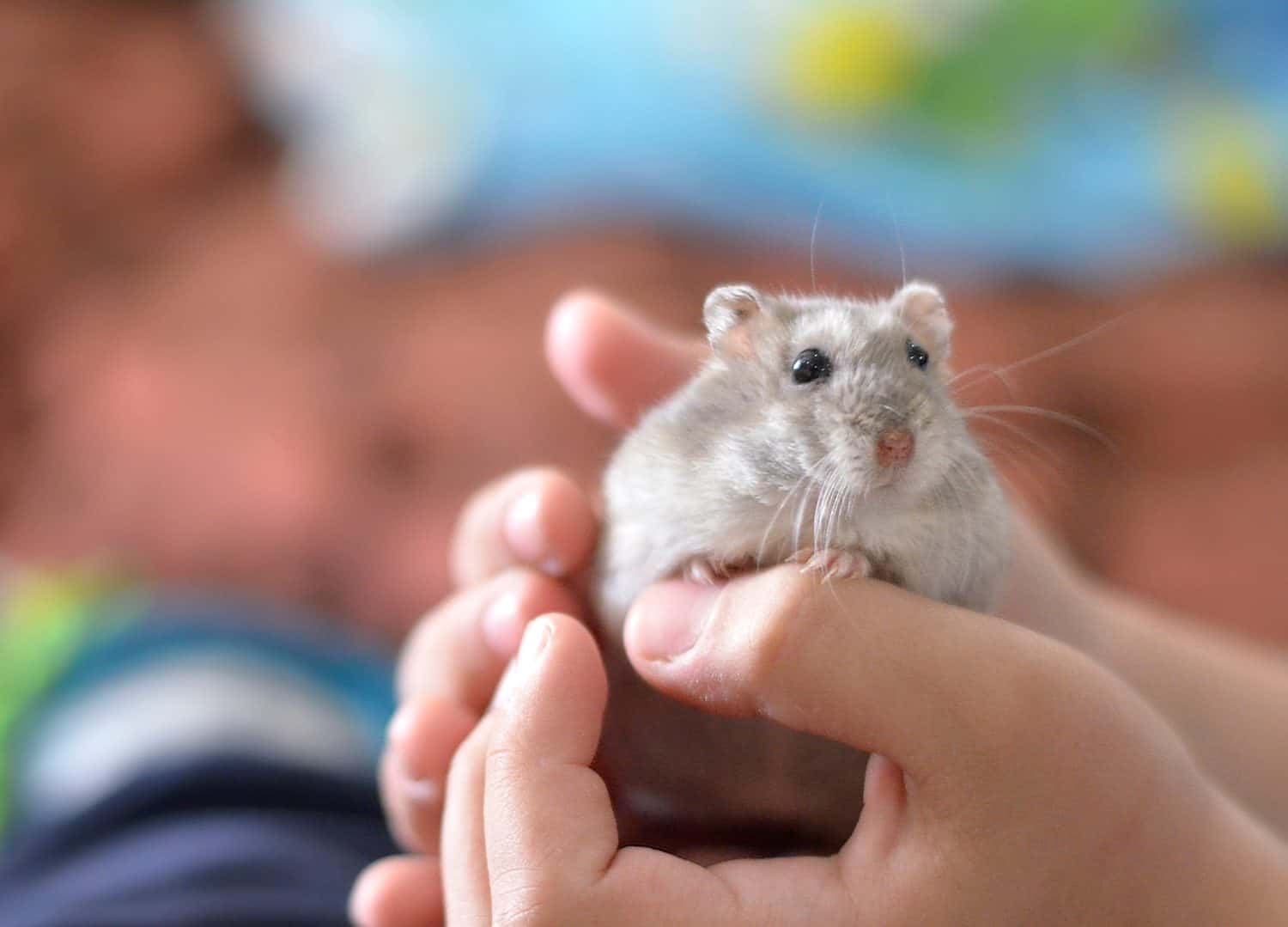
Hamsters often have very short life spans. On average, when well cared for, they live around 18 to 36 months. Yet, it’s not impossible for them to live longer. The Guinness Book of World Records holds the record for the oldest hamster at four and a half years.
Hamsters are susceptible to illness and health issues, which can contribute to their short life span. Some of these conditions include heart disease, kidney disease, cancer, mites and diabetes. A good diet and proper care can help expand a hamster’s life span and give them an optimal life.
Hamsters Have a High Tolerance to Alcohol

When it comes to crazy facts about hamsters, this one may take the cake. For decades, hamsters’ high tolerance to alcohol has piqued interest. In fact, one can find a few research papers on whether ethanol affects hamsters. In 2015, a scientific paper noted that Syrian hamsters could have a high ethanol intake and theorized the same may be true for Dwarf hamsters, but how? They are pretty small creatures; how does high alcohol intake not affect hamsters? The experiment was threefold, and their findings aligned with their notes on Syrian hamsters.
Hamster’s highly functioning livers significantly affect their ethanol tolerance. When the ethanol filters out through their liver, it doesn’t affect them as much. Yet, in the study, when ethanol was placed directly into their bloodstream and not filtered through the liver, hamsters exhibited signs of intoxication.
Animals have maintained many interesting roles in history, even during wars. Now that you know some crazy facts about hamsters, read our list of Surprising Wartime Roles of Animals Through the Ages.